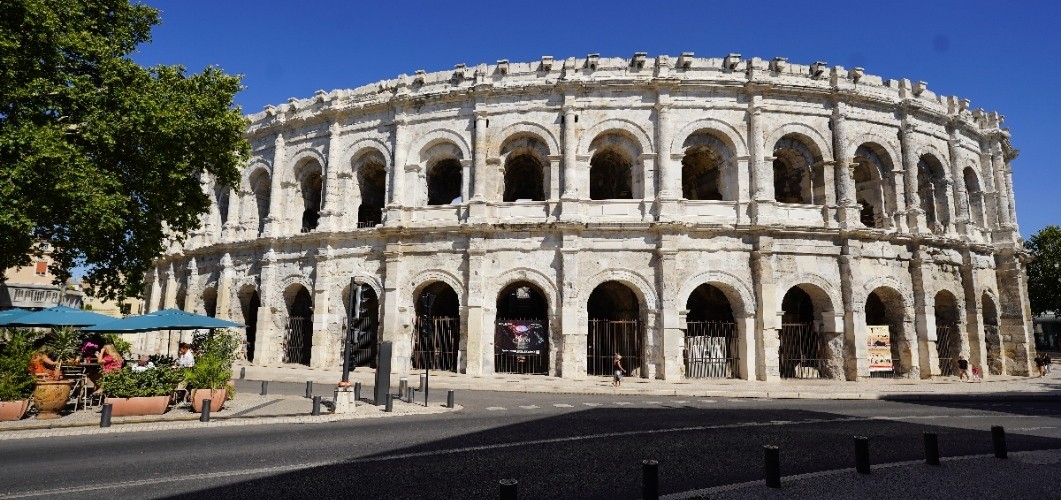
My name is Roman. I have created TimeTravelRome - a Blog and a Mobile app dedicated to the ancient Rome. I am posting about places & artifacts I have seen. 👉
This profile is from a federated server and may be incomplete. View on remote instance

My name is Roman. I have created TimeTravelRome - a Blog and a Mobile app dedicated to the ancient Rome. I am posting about places & artifacts I have seen. 👉
This profile is from a federated server and may be incomplete. View on remote instance